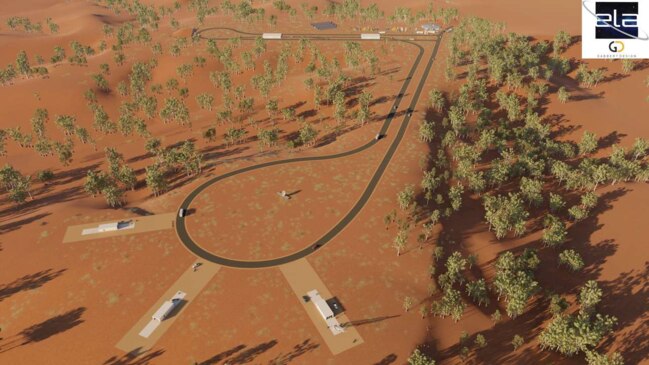Securing Space from the North
The Northern Territory’s geographical advantage in the expanding commercial and defence domain of space is a clear opportunity to exploit.

Australia’s 2020 Defence Strategic Update and Force Structure Plan elevated the importance of assuring resilience of ADF space capability and sustaining space domain awareness.
It highlighted the importance of sovereign-controlled satellites for ISR and communications and emphasised the requirement for the ADF being able to undertake space control in a manner that allows continued access to vital space support.
It also recognised space as an operational domain in its own right, rather than merely a supporting adjunct to terrestrial air, sea, and land forces.
For the Northern Territory, the 2020 Defence Strategic Update opens up greater opportunity for the region to play a key role in supporting Australia’s defence requirements on the high frontier.
Of key importance for the NT is the establishment of the Arnhem Space Centre, which will represent one of Australia’s key launch facilities.
Located close to the equator, easterly launches from Arnhem will be enjoy lower cost to orbit due to the ability to get a boost from Earth’s rotation. Its location allows it to directly access the important “equatorial low-earth orbit (EqLEO)” orbit that lies 15 degrees north and south of the equator, as well as to take advantage of efficient launch trajectories to geostationary orbit (GEO), as well as to the Moon, and cislunar space.
That last aspect is important, because the return to the Moon by nation states, and by commercial space companies, is going to be the focus of international space activity in the current decade and beyond. Arnhem is well placed to play a key role in supporting NASA’s Project Artemis for the return to the Moon.
With this in mind, the Arnhem Space Centre should expand into a full “space coast”, with many launch pads operated by numerous launch providers, including sovereign space launch companies, regularly launching satellites and other payloads into space. The Arnhem Space Centre is due to launch its first orbital rockets, in co-operation with NASA, in 2021.
The establishment of the Arnhem Space Centre places the NT in a leading position to emerge as a key contributor for Australia’s rapidly expanding space sector that could include companies supporting payload integration with the launch vehicle.
The north has a key role to play in supporting future operational needs of the ADF in space
The ability to exploit advances in digital design and manufacturing, for rapid prototyping and development, and automated production using 3-D printing, would allow easier industry support in situ, rather than being distant from the point of launch. The ground segment of Australia’s space activities is also important. There are numerous satellite tracking and management facilities located in or near Darwin, as well as in Alice Springs, and Katherine.
Expanding Australia’s space domain awareness capability through establishing commercial space situational awareness facilities in the north — complementing the defence facilities at Exmouth, WA — would enhance Australia’s ability to directly monitor the threat posed by space debris. It would also help us watch the activities in orbit by other space powers and deter potentially threatening actions against Australian and allied satellites.
There is ample opportunity for the NT Government to directly support Defence’s space ambitions by growing a local space industry sector.
First, a responsive sovereign space launch capability based around Arnhem Space Centre boosts our ability to ensure access to space and enhance resilience in a contested space domain.
Second, encouraging local satellite manufacturing means that Australian space companies can better compete with overseas providers and Australian satellites can support Defence needs, and also those of our allies and partners.
Third, that space segment must be balanced with a sovereign ground segment located to take advantage of the NT’s location to undertake increasingly complex space traffic management tasks and space domain awareness under dark skies.
Australia’s role in space should expand, not just in the civil sector, but in terms of defence and national security.
The north has a key role to play in supporting future operational needs of the ADF in space, and can contribute towards Australia’s growing role in space within the Five Eyes alliance.
Malcolm Davis is a senior analyst in defence strategy and capability at ASPI
